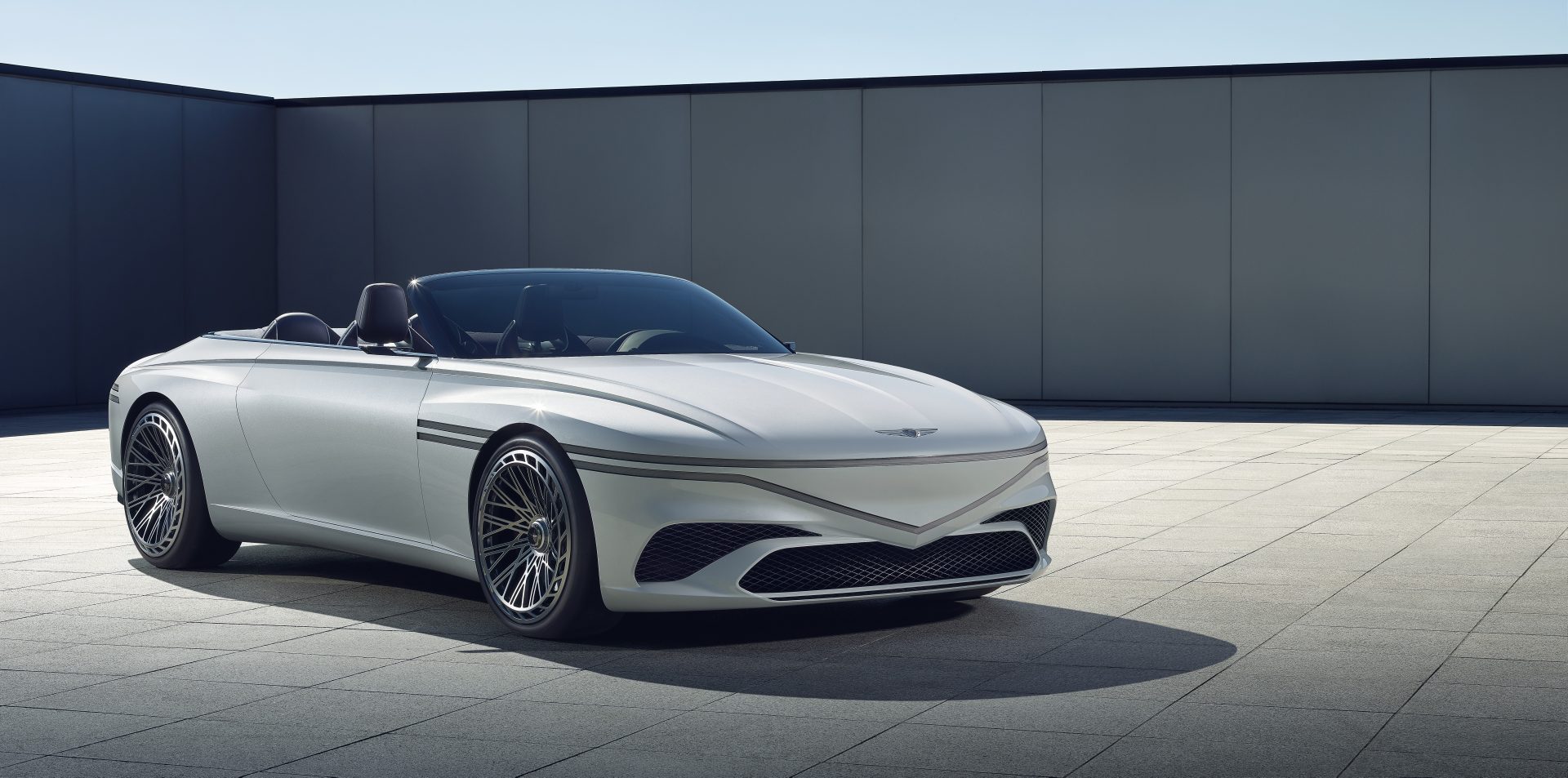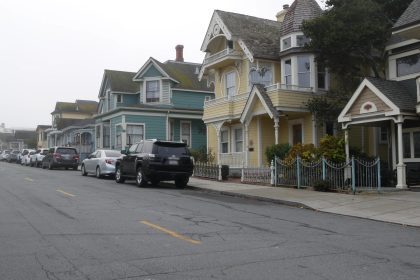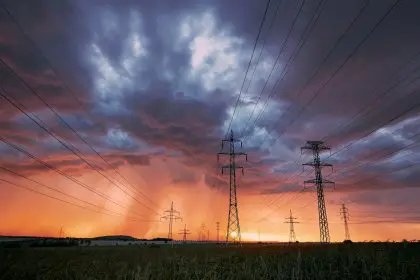The Supreme Court agreed Monday to examine California’s authority to set strict vehicle emissions standards, potentially affecting nationwide environmental policy and automotive industry practices.
The case focuses specifically on whether fuel companies and other business interests have legal standing to challenge California’s regulations, which mandate stricter emissions controls and increased zero-emission vehicle sales.
“This case could redefine state authority in environmental regulation,” says environmental law professor Dr. Rachel Chen. “The Court’s decision to focus on standing rather than constitutional issues is significant.”
California’s current standards, established through a 2022 EPA waiver, require manufacturers to meet specific greenhouse gas emissions targets and sell increasing numbers of zero-emission vehicles. The state aims for all new cars and light trucks to be emission-free by 2035.
Seventeen Republican-led states, led by Ohio, challenged the EPA waiver, arguing it improperly allows California to act as a “quasi-federal regulator” on climate change.
“The standing question is crucial,” explains constitutional law expert Marcus Thompson. “If the Court finds these businesses lack standing to sue, California’s regulations could remain intact regardless of other legal arguments.”
Major automakers have largely aligned with the EPA, noting their compliance with California’s standards. “Many manufacturers have already adapted their production plans,” says automotive industry analyst Sarah Martinez. “They’ve invested billions in electric vehicle technology.”
The U.S. Court of Appeals for the District of Columbia Circuit previously upheld the EPA waiver in April. Solicitor General Elizabeth Prelogar emphasized in court documents that manufacturers are meeting California’s requirements.
Business challengers claim the regulations could reduce demand for traditional fuel products. “The economic impact extends beyond automakers to entire supply chains,” says energy sector economist Dr. James Wilson.
The case will be heard in the Court’s next term, with arguments expected in early 2025.

















